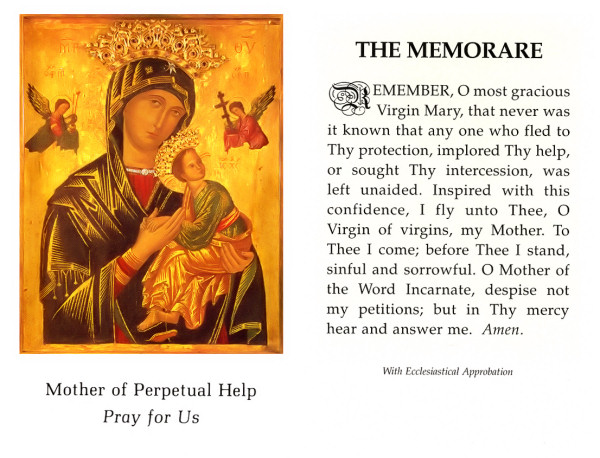How To Read the Bible
These tips are taken from: Pope Benedict XVI, Questions and Answers. Huntington: Our Sunday Visitor Publishing Division, 2008. The elaboration is mine.
The Bible is not an ordinary book
First of all it is important to realize that the Bible is not an ordinary book (or, to be more precise, collection of books). It cannot be read with the mindset of a historian or a literary critic.
It cannot be correctly approached from a distant academic standpoint. More poetically, the Bible is read by both the heart and mind, not by the mind alone.
Start by praying and talking to God
Pope Benedict quotes Saint Augustine on this point, “I knocked at the door of the Word to find out at last what the Lord wants to say to me."
Read in a community
Find a teacher
 This can be someone who you are lucky to know personally who “has experience in faith, and has penetrated Sacred Scripture” (Benedict XVI, p. 54) but it does not have to be. It can also be a writer who has deep insights. Pope Benedict mentions Cardinal Martini, whom he says is “a true master of “Lectio Divina,” who helps us enter into the life of Sacred Scripture.” (52)
This can be someone who you are lucky to know personally who “has experience in faith, and has penetrated Sacred Scripture” (Benedict XVI, p. 54) but it does not have to be. It can also be a writer who has deep insights. Pope Benedict mentions Cardinal Martini, whom he says is “a true master of “Lectio Divina,” who helps us enter into the life of Sacred Scripture.” (52)
There are many other good Scripture scholars. Here is a list a few:
· Scott Hahn
· Edward Sri
· Fr. Pacwa
· Fr. Robert Baron
· Tim Staples
Use the liturgy as a springboard
There is a liturgical calendar for a reason! It sanctifies our year and “…superimposes the mysteries of the life of Christ—from his Incarnation to his second coming in glory—on the normal course of the year.” (YOUCAT 186) Lenten readings give us different insights than Christmas readings. By living the liturgy as it presents itself to us over the course of the year we may be more receptive to the truths God is whispering to us.
We can also take the reading we hear at mass as a foundation for our personal reading. By placing the mass readings in context, we engage with them more deeply, and may come to understand them better.
Finally, when reading the Bible, the liturgy should be used as a springboard because throughout time, the Church’s understanding of Sacred Scripture deepens. Local or global situations arise that bring out different aspects of meaning. Pope Benedict said:
“…a further deepening of our understanding continues to be necessary. The Lord said: ‘The Holy Spirit will guide you into depths that you cannot fathom now.’ Consequently, the communion of the Church is the living subject of Scripture. However, here too the principal subject is the Lord himself, who continues to speak through the Scriptures that we have in our hands.” (p.54)




Comments
Post a Comment